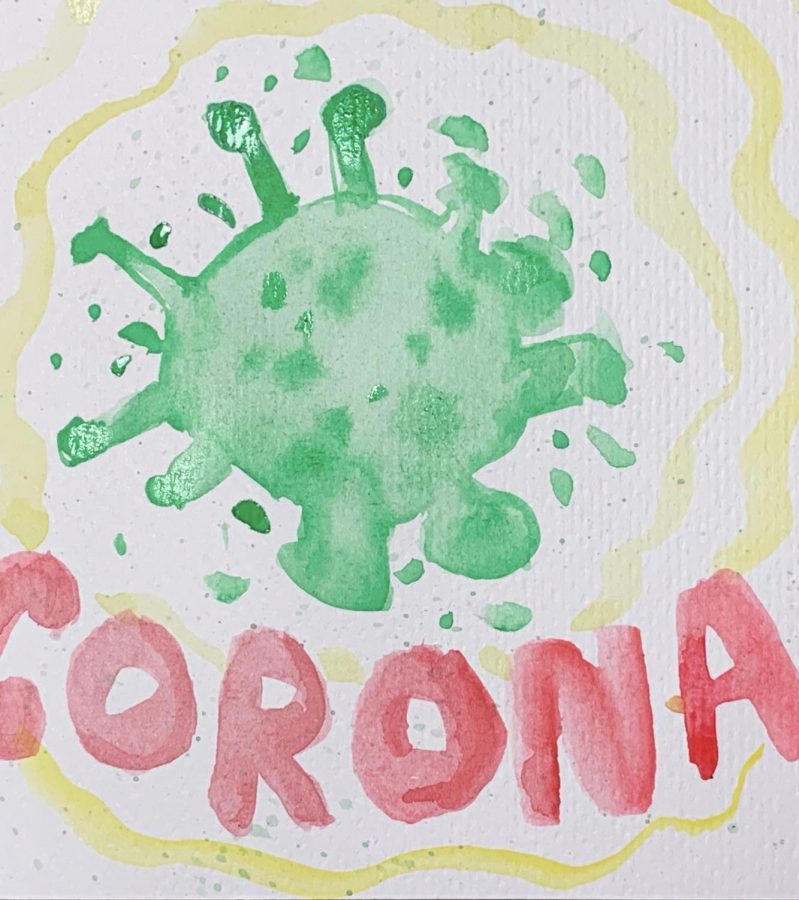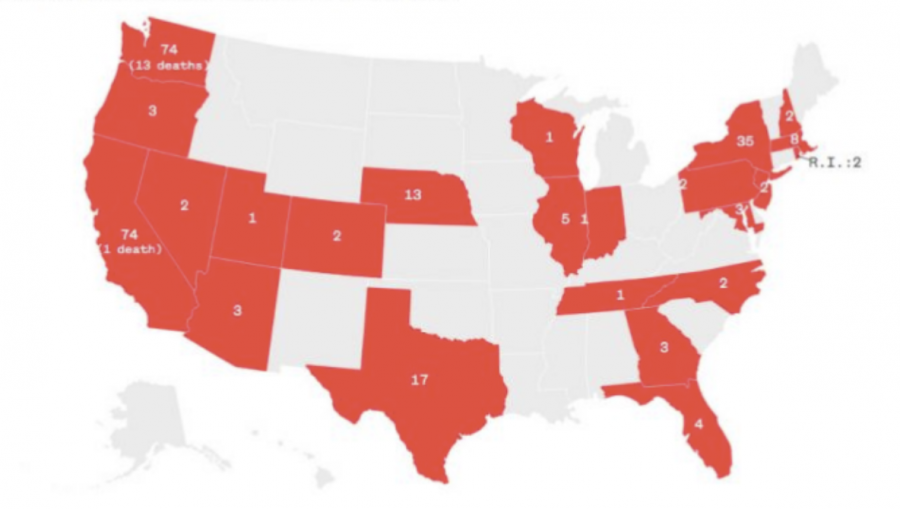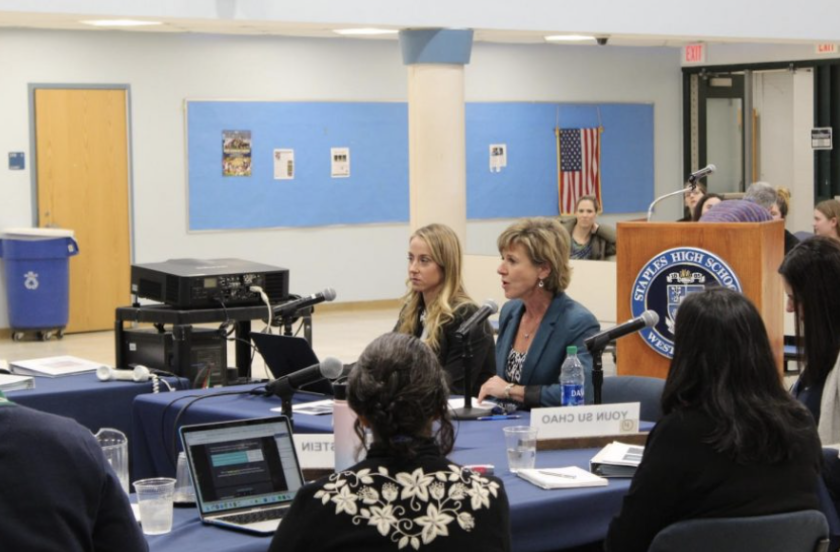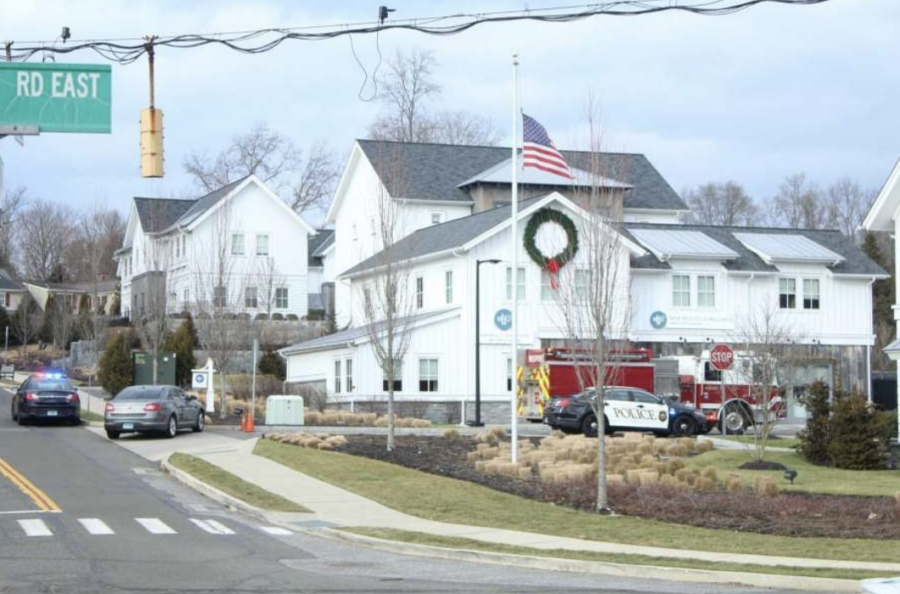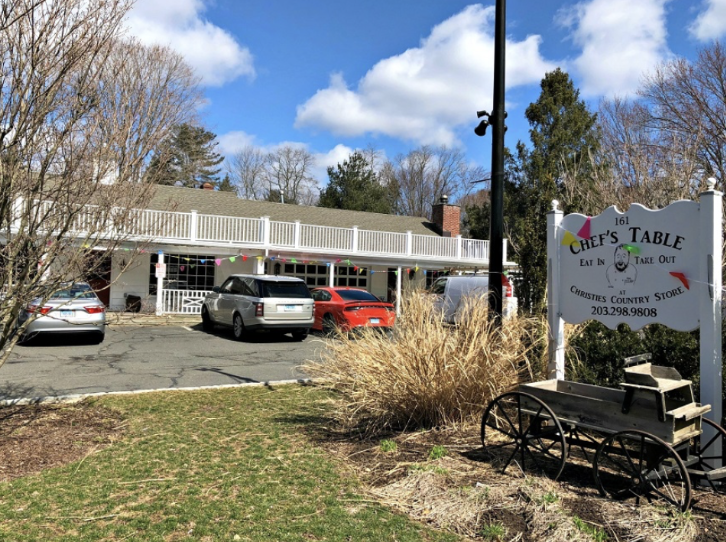476. 977.
During the 2011 Advanced Placement (AP) testing period, these were the respective numbers of Staples students that took an AP exam, and the total number of AP exams taken by students, according to assistant principal James Farnen. These values show an increase in AP participation from the 2010 testing period, during which 447 students took 937 AP exams.
These statistics raise one question: why is the number of AP students increasing at Staples?
For Kate Schlater ’13, it was the desire for a challenge that prompted her to take her course selection from English 2A to AP English Language in the following year.
“I wanted to challenge myself in something this year, and since I did pretty well in English my sophomore year, I figured AP English was a good way to do that,” Schlater said.
Gaïane Offredo ’13 also took prior success into consideration when she decided to enroll in AP U.S. Government and Politics.
“I didn’t find A-level U.S. History challenging enough, and I got really good grades,” Offredo said.
However, only certain AP classes tend to show a constant or increased level of enrollment. For example, AP Chemistry increased by only one section from last year (there are currently three AP Chemistry sections), whereas AP U.S. Government and Politics expanded from a single class a few years ago to a seven-section class this year.
Guidance counselor PJ Washenko said that while he cannot pinpoint a single reason as to why AP Government increased so much this year, he thinks the government graduation requirement at Staples is part of it.
“It’s like killing two birds with one stone; it’s an AP course that also meets a graduation requirement,” Washenko said.
This was exactly the case for Offredo, who says she hoped to take AP U.S. History, but opted for AP Government because of the graduation requirement.
“I just wanted to get the government requirement over with,” Offredo said.
Farnen, who said that AP Environmental Science and AP Economics also showed a significant increase in enrollment size for the 2011-2012 school year, believes that word of mouth of the interesting content of certain AP courses plays a major factor in persuading students to enroll in a specific AP class.
And although some students look to APs as a way to challenge themselves or to improve their knowledge in a specific subject area, others elect to enroll in AP courses to enhance their college application.
“I heard it was relatively easy compared to some of the other APs, and I knew I wanted at least three [AP classes] during my junior year for college,” said Alec Wrubel ’13, referring to the AP U.S. Government and Politics course, which he is currently taking. “I was also glad that it was a class with no essay writing, and not a lot of history, while still being a humanities class.”
Washenko adds that communication between students and teachers, as well as recognition of the responsibilities that come with AP classes is essential before deciding to take an AP class.
“Students should keep in mind the increased workload and higher expectations that come with AP courses before enrolling in those classes,” he said.
And while the number of AP students is on the rise at Staples, Farnen says this has not taken a toll on the ultimate outcome of AP scores. According to Farnen, 92 percent of all Staples AP test takers in 2011 received a passing score of three or higher (89 percent received a three or higher in 2010).
“It is amazing to see an increased number of students taking part in the AP program and have our overall performance trend higher,” Farnen said.














































